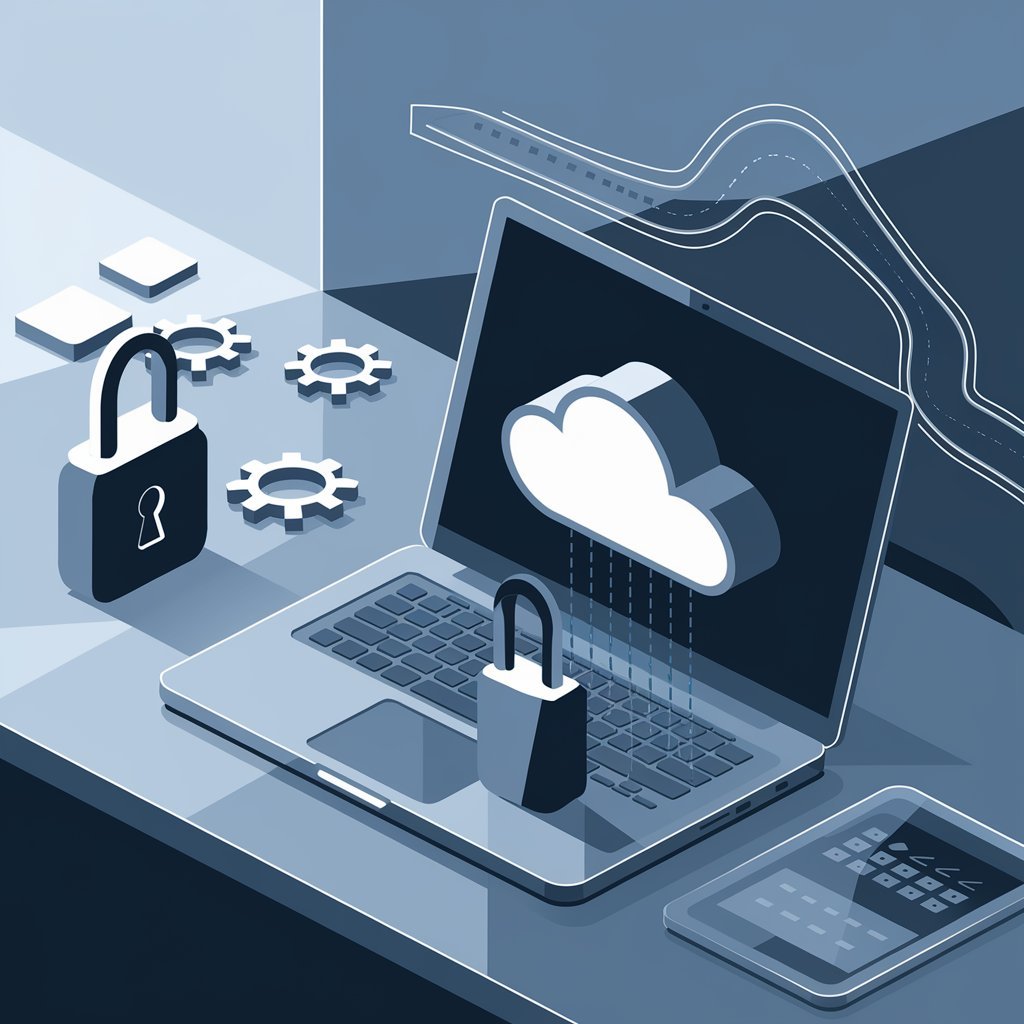Running a small business means wearing many hats. Between managing operations, keeping customers happy, and staying on top of finances, technology often gets pushed to the back burner. But in today’s fast-paced digital landscape, having the right IT strategies in place isn’t just helpful—it’s essential.
With over 30 years of experience in IT, I’ve seen how the right approach can transform a business. Let’s dive into five essential IT strategies every small business should focus on—and, more importantly, how to tackle them effectively.
1. Develop a Technology Roadmap
Without a clear plan, it’s easy to spend too much on the wrong tools or miss out on solutions that could make a big impact. A technology roadmap is your game plan, helping you align your IT investments with your business goals.
How to Create One:
- Audit Your Current Technology: Take inventory of the hardware, software, and tools you’re using. Identify what’s working, what’s outdated, and what’s missing.
- Set Business Goals: Think about what you want to achieve in the next 1–5 years. Do you want to improve efficiency? Expand into new markets? Enhance customer service?
- Match Tech to Goals: Research solutions that align with your goals. For example:
- Want to save time? Consider workflow automation tools.
- Need better customer communication? Explore CRM systems like HubSpot or Salesforce.
- Budget Wisely: Set a realistic budget that prioritizes critical needs while leaving room for future growth.
A roadmap keeps you focused, ensures every dollar is well spent, and helps you stay ahead of the competition.
2. Strengthen Your Cybersecurity
Small businesses are prime targets for cyberattacks because hackers assume you lack the resources for robust security. However, cybersecurity doesn’t have to break the bank.
How to Get Started:
- Start with Password Management: Use unique, complex passwords for all accounts and store them securely in a password manager like LastPass or 1Password.
- Enable Two-Factor Authentication (2FA): Add an extra layer of security to critical accounts like email, banking, and software platforms.
- Back Up Your Data: Implement automatic backups to a secure cloud platform or external hard drive. Aim for regular backups at least daily.
- Educate Your Team: Even small mistakes—like clicking on a phishing email—can cause major problems. Train your staff to recognize potential threats and follow security best practices.
For added peace of mind, consider hiring a professional to conduct a cybersecurity audit and recommend solutions tailored to your business.
3. Keep Systems and Software Updated
Old systems and software can cost your business more than you realize. Outdated technology is often slower, less secure, and less compatible with modern tools. Staying updated ensures your business runs efficiently and avoids unnecessary risks.
How to Stay Updated:
- Enable Automatic Updates: For software and operating systems, turn on automatic updates to ensure you’re always running the latest versions.
- Schedule Hardware Upgrades: If your devices are more than 3–5 years old, it might be time to replace them. Newer hardware is faster, more reliable, and more energy-efficient.
- Perform Regular Maintenance: Schedule routine checks to ensure your devices, systems, and networks are operating smoothly.
Up-to-date technology isn’t just about performance—it’s about staying competitive and secure.
4. Embrace Cloud Solutions
The cloud isn’t just a buzzword; it’s a game-changer for small businesses. Moving your operations to the cloud can save money, improve flexibility, and make collaboration easier than ever.
How to Make the Most of the Cloud:
- Choose the Right Tools: Popular options like Google Workspace, Microsoft 365, and Dropbox offer cloud-based file storage, email, and collaboration tools. Compare plans to find what fits your needs.
- Think Beyond Storage: Cloud-based accounting tools (like QuickBooks Online) and customer relationship management (CRM) platforms can streamline your operations.
- Enhance Security: Cloud providers often offer built-in security features, like data encryption and secure access controls, giving you peace of mind.
By embracing the cloud, you can access your data from anywhere, scale your operations as you grow, and reduce IT costs.
5. Automate Repetitive Tasks
Time is one of your most valuable resources, and automation can help you make the most of it. Automating repetitive tasks not only saves time but also reduces errors and increases consistency.
How to Get Started with Automation:
- Marketing Automation: Use tools like Mailchimp or HubSpot to automate email campaigns, social media scheduling, and lead tracking.
- Administrative Automation: Tools like Zapier or IFTTT can connect different apps to automate tasks like syncing customer data or generating invoices.
- Inventory Management: Automate inventory tracking and reordering to save time and prevent stockouts.
Start small—pick one process that takes up a lot of your time and find an affordable automation tool to handle it.
Putting It All Together
These five strategies—building a technology roadmap, strengthening cybersecurity, staying updated, leveraging the cloud, and embracing automation—are your foundation for staying competitive in today’s fast-paced business world.
The good news? You don’t have to do it alone. If you’re unsure where to start or want guidance tailored to your business, I’m here to help. Together, we can create an IT strategy that supports your goals, saves you time, and positions your business for success. Let’s make technology your secret weapon.


0 Comments